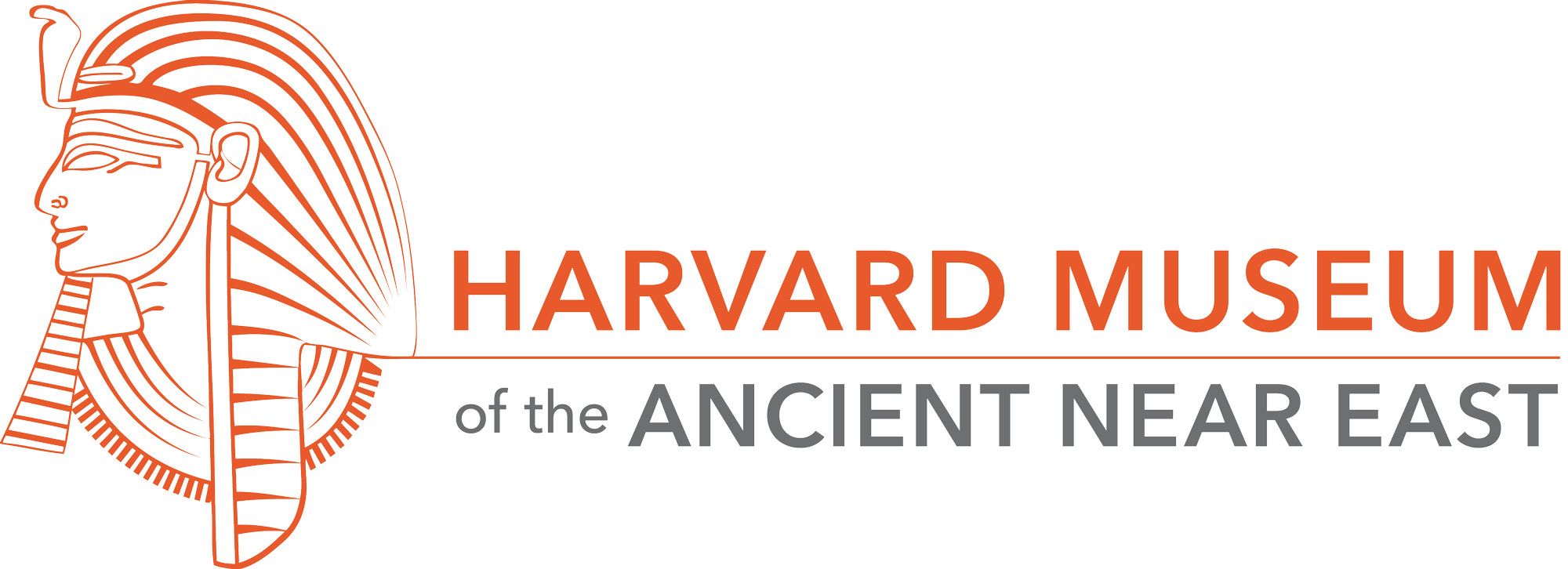Classification(s)
- Jewelry
Child’s Bracelet with Snake Head Terminals
PeriodPersian
Date586-332 BCE
MediumCopper alloy
DimensionsOverall (Maximum): 5 x 0.4 cm
DescriptionMetal bracelets were worn, usually in pairs, by both males and females on Cyprus from the Late Bronze Age onwards. In the Roman period they were most frequently worn by women; it was most unusual for bracelets to be a component of male adornment. The simple undecorated bracelets which are circular in section are difficult to date as they have a long stylistic duration. The snake's head bracelets, as seen in this example, commence in the Classical period, and dates to the 5th century B.C. The design concept came from Achaemenid Persia to Cyprus and from there went on to Greece, where pairs of bracelets were common tomb gifts. They we re frequently made in silver and gold (see the Metropolitan and Cyprus Museum examples cited below); but 1995.10.1286 et al represent the more common, "poor man's" versions made in bronze. The small size indicates that many examples within the Cesnola Collection accompanied a child's burial.Material & Manufacture
Round drawn rod of metal,hammered on the ends and flattened with details added as described above.
Child's bracelet with snake's head terminals, circularto subrectangular in section, with overlapping flattened ends, each with a bl unt snout, shaped so as to ressemble a snake's head.
Copper based metal, probably bronze, though quantatativeanalyses have not yet been done.
Engraved/chased and puncheddecorative motifs, 2 curved lines indicating the facial bones of the head or jaw, v-shaped peck marks re presenting the scales on the snout, head and part of neck/body.
Object number1995.10.1286
ProvenanceCyprus
Collections
- Eastern Mediterranean
- Cyprus
Exhibitions
On View
On view





